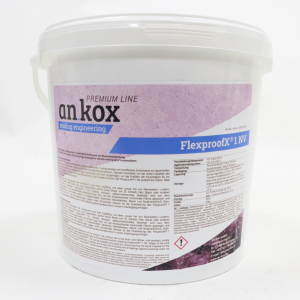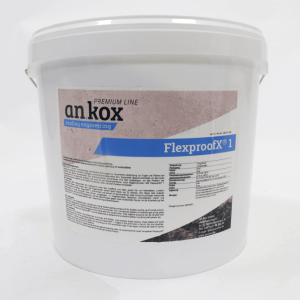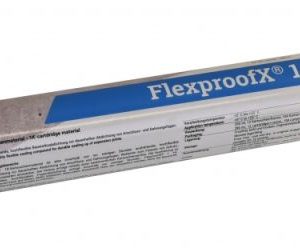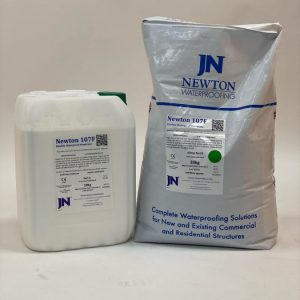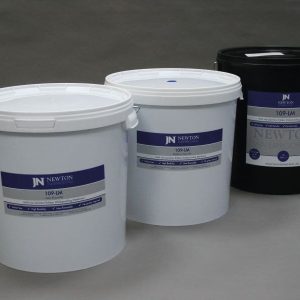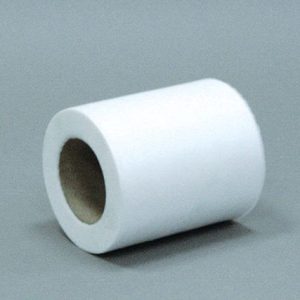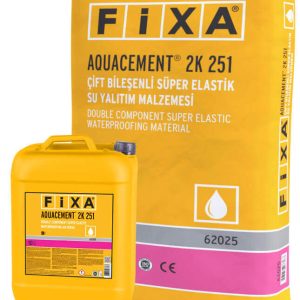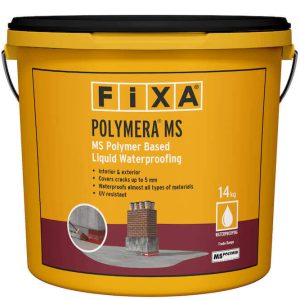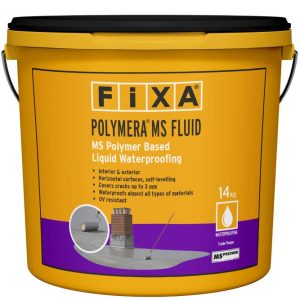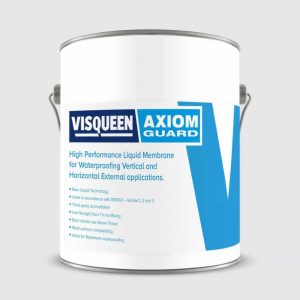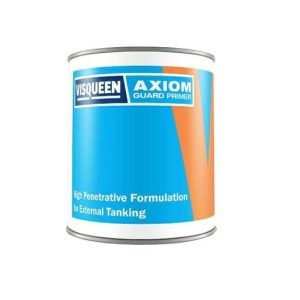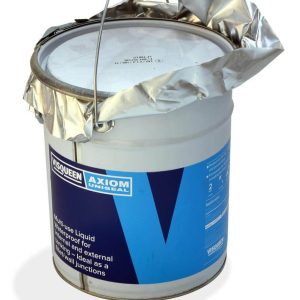Type A waterproofing products, specifically liquid waterproofing membranes, are a category of construction materials designed to provide waterproofing protection to various substrates, including concrete, masonry, metal, and wood. These membranes are applied in liquid form and form a seamless, flexible, and impermeable barrier when cured. The category includes different types of liquid membranes, such as cement-based, bitumen-based, rubber-based, and polymer-based membranes.
Cement-Based Liquid Waterproofing Membranes
Cement-based membranes are formulations containing Portland cement, aggregates, and polymer modifiers. They are typically applied in multiple coats onto surfaces using a brush, roller, or spray application method. Cement-based membranes cure to form a durable and rigid waterproof barrier that adheres tightly to the substrate.
Bitumen-Based Liquid Waterproofing Membranes
Bitumen-based membranes are composed of bitumen, solvents, and fillers. They are applied as a liquid and form a flexible and elastic waterproof membrane when cured. Bitumen-based membranes are commonly used in below-grade applications, such as foundation walls, basements, and tunnels, due to their excellent waterproofing properties and resistance to soil chemicals.
Rubber-Based Liquid Waterproofing Membranes
Rubber-based membranes are formulated with synthetic rubber polymers, such as styrene-butadiene rubber (SBR) or polyurethane (PU). These membranes offer excellent flexibility, elongation, and crack-bridging properties, making them suitable for applications where substrate movement is expected. Rubber-based membranes can be applied in single or multiple coats and are commonly used for roof waterproofing, balconies, and podium decks.
Polymer-Based Liquid Waterproofing Membranes
Polymer-based liquid waterproofing membranes are composed of synthetic polymers, such as acrylics, polyurethanes, or hybrids of various polymers. These membranes offer a wide range of properties, including flexibility, adhesion, UV resistance, and chemical resistance. Polymer-based membranes are versatile and can be applied to a variety of substrates, including concrete, metal, and wood. They are commonly used for waterproofing flat roofs, decks, balconies, and walls.
Liquid Waterproofing Applications & Considerations
Liquid waterproofing membranes are used in a wide range of construction applications, including: Roof waterproofing; Balconies and terraces; Podium decks and plaza decks; Basements and foundation walls; Tunnels and below-grade structures; and Planters and green roofs.
When installing external waterproofing membranes, it is also important to consider some important factors:
Proper surface preparation is essential for adhesion and waterproofing performance.
Application thickness and curing conditions may affect waterproofing effectiveness.
Compatibility with other construction materials and systems should be considered.
Consult manufacturer guidelines and specifications for proper application and performance requirements.
Contact BaseTec - Complete Systems. Reliably Delivered.
If you require assistance with liquid waterproofing or need advice on which liquid waterproofing product is best suited for your requirements, contact our friendly teams in Kent - 01732 906 826 - or Leeds - 0113 521 6789.
Return to our full range of
Structural Waterproofing products.
